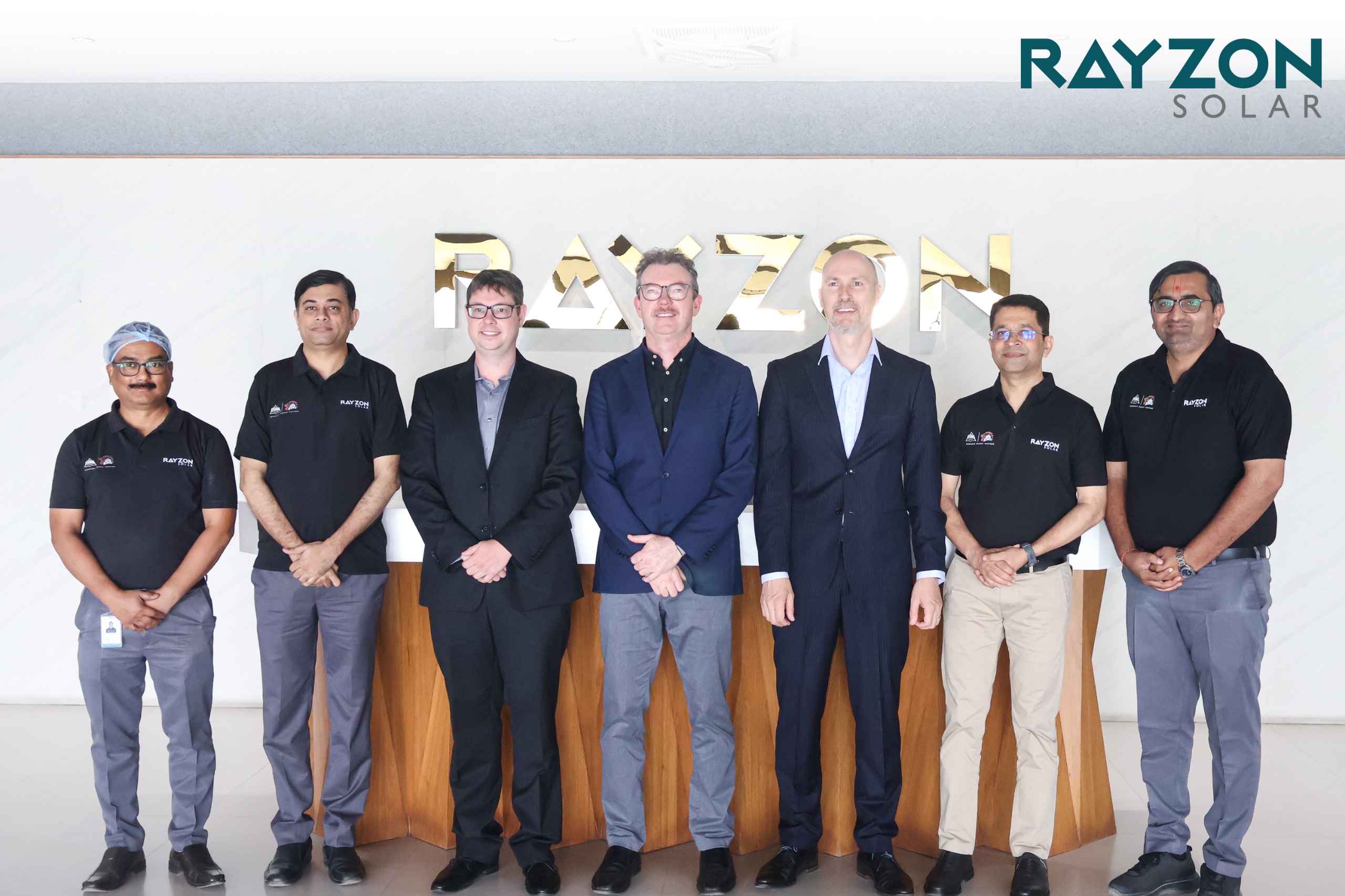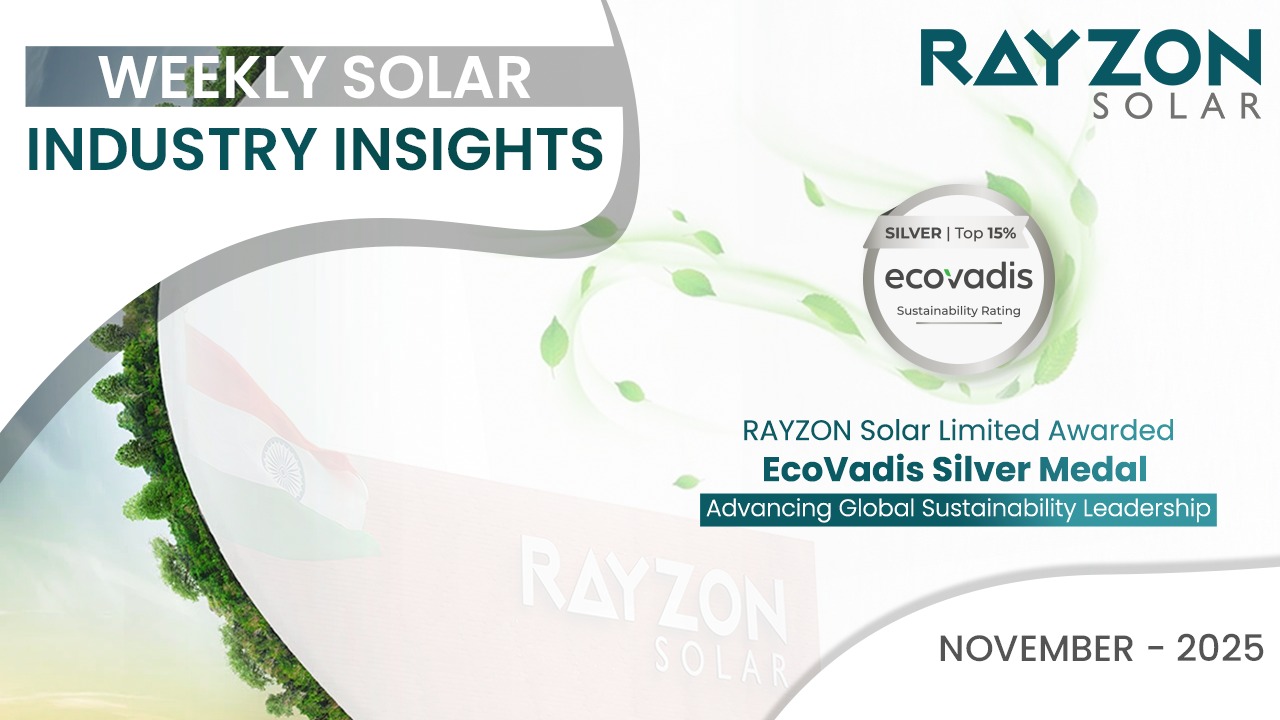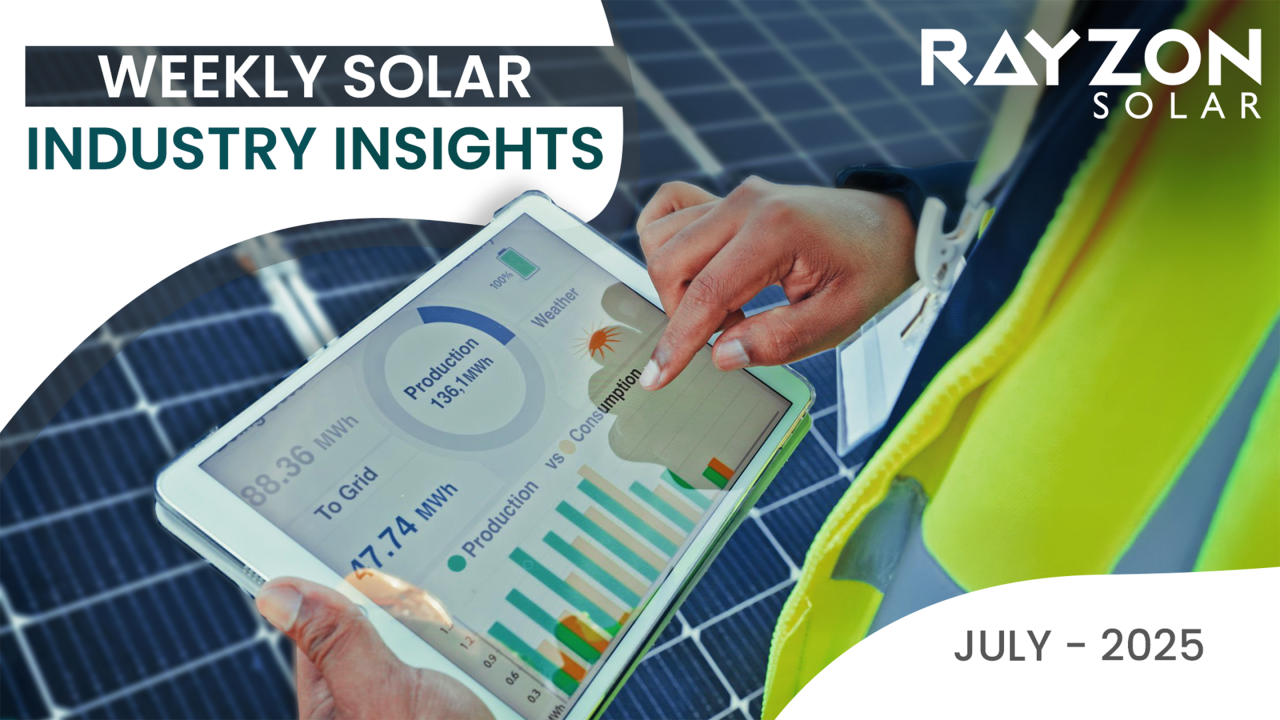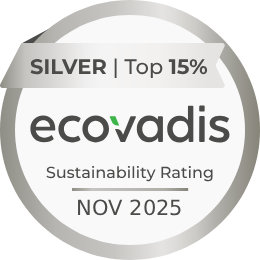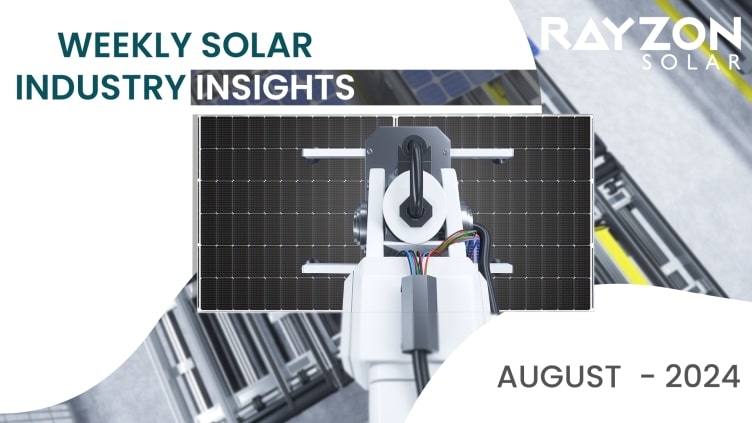
Weekly Solar Industry Insights: August 19 – August 25, 2024
1. Surge in Utility-Scale Solar Deployments
The solar energy landscape in the U.S. has experienced significant growth in early 2024. The country added an impressive 12 GW of utility-scale solar capacity in the first half of the year, marking a dramatic increase from the previous year's figures. This expansion is driven by major projects in states such as Florida, Texas, and Nevada. Solar energy now accounts for 59% of all new electricity generation capacity in the U.S., highlighting the nation's commitment to renewable energy and its transition toward a more sustainable energy future, as reported by PV Magazine USA.
2. Google’s Major Investment in Solar
Google has made a noteworthy tax equity investment in the Double Black Diamond Solar project, a massive 800 MWdc initiative located in southern Illinois. Scheduled for completion in 2025, this project will be the largest solar installation east of the Mississippi River. Developed by Swift Current Energy, the project will utilize U.S.-manufactured First Solar modules and Nextracker solar trackers, providing power to approximately 100,000 homes annually. The project is expected to generate $100 million in tax revenue and create significant job opportunities in Sangamon and Morgan counties. Additionally, the City of Chicago, Cook County, and several major corporations have pledged to source their energy from this ground-breaking initiative.
3. Advances in PV Module Efficiency
Innovations in photovoltaic (PV) module technology are enhancing power generation capabilities. Researchers from Mexico have introduced a new cooling technology using nanofluids, which can boost power generation by up to 2%. This technology involves circulating a mixture of aluminum oxide, copper(II) oxide, and zinc oxide through cooling channels within the PV modules. The improved heat transfer and reduced panel temperatures promise to enhance the overall performance of PV systems, contributing to greater efficiency in solar energy production.
4. Impact of Anti-Reflective Coatings
A recent study conducted by Mohammed First University in Morocco has highlighted the benefits of anti-reflective (AR) coatings for solar panels. These coatings have been shown to improve panel performance and lower the levelized cost of energy (LCOE) by over 2%. Under harsh desert conditions, AR coatings increased the annual performance ratio by 2% and the energy yield by 5.5%. Additionally, they reduced cleaning costs and water usage, making them a valuable addition to solar panel technology.
5. Reshoring Solar Manufacturing
The American Tax Dollars for American Solar Manufacturing Act aims to address the dominance of Chinese-controlled solar manufacturing. Despite incentives from the Inflation Reduction Act designed to boost domestic production, Chinese firms continue to control key components and manipulate prices. To strengthen the U.S. solar supply chain, it is essential to update domestic content bonuses, enforce smart trade policies, and support American manufacturers. This approach will foster innovation and job creation within the solar sector, promoting a more resilient and self-sufficient domestic industry.
6. Semi-Transparent Solar Modules on Agrivoltaics Yield
A Colorado State University study found that semi-transparent 40% ST-CdTe solar modules may benefit vegetable crop yields compared to opaque modules, with some vegetables performing better under these modules. However, summer squash yielded less under all module types. Further research is needed to explore the economic and performance trade-offs of module transparency and bifaciality.
Information Source: PV Magazine
